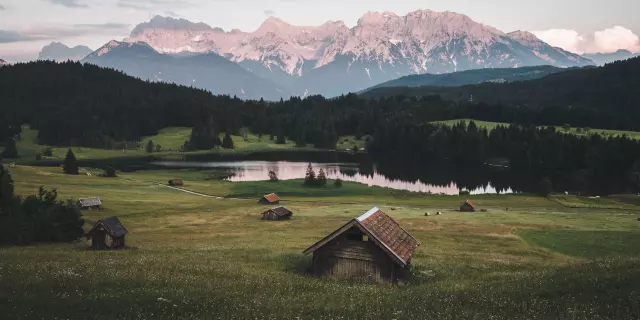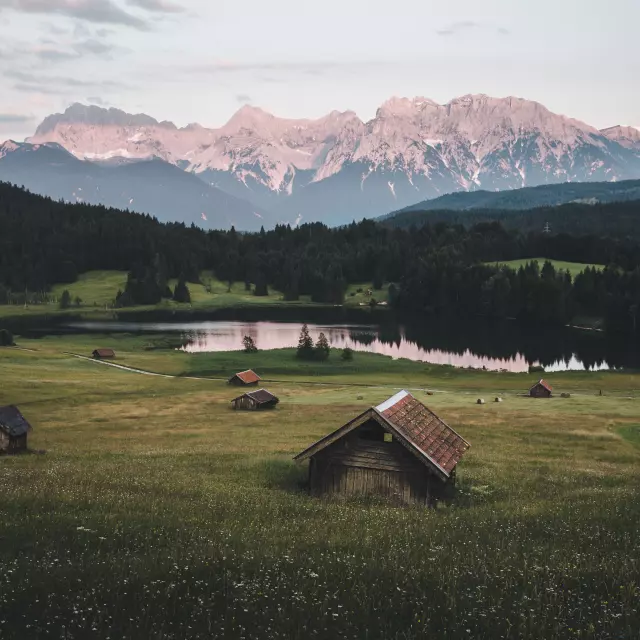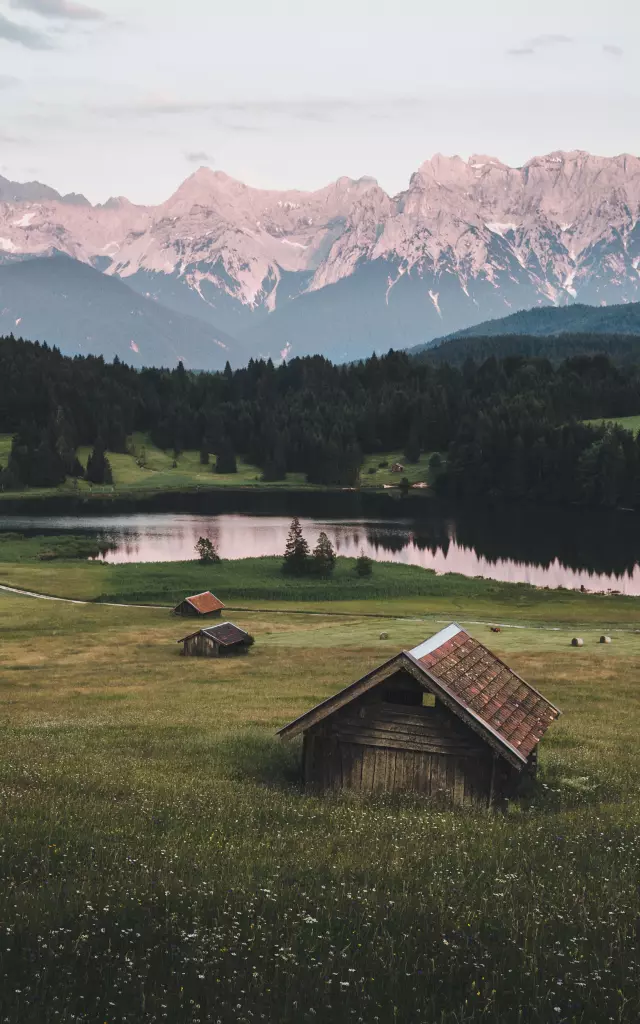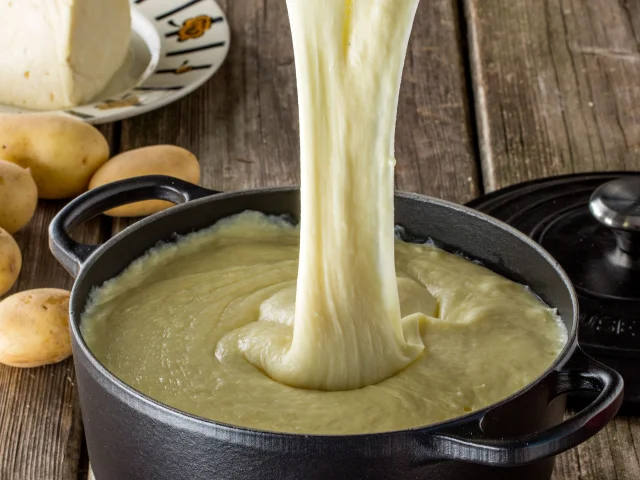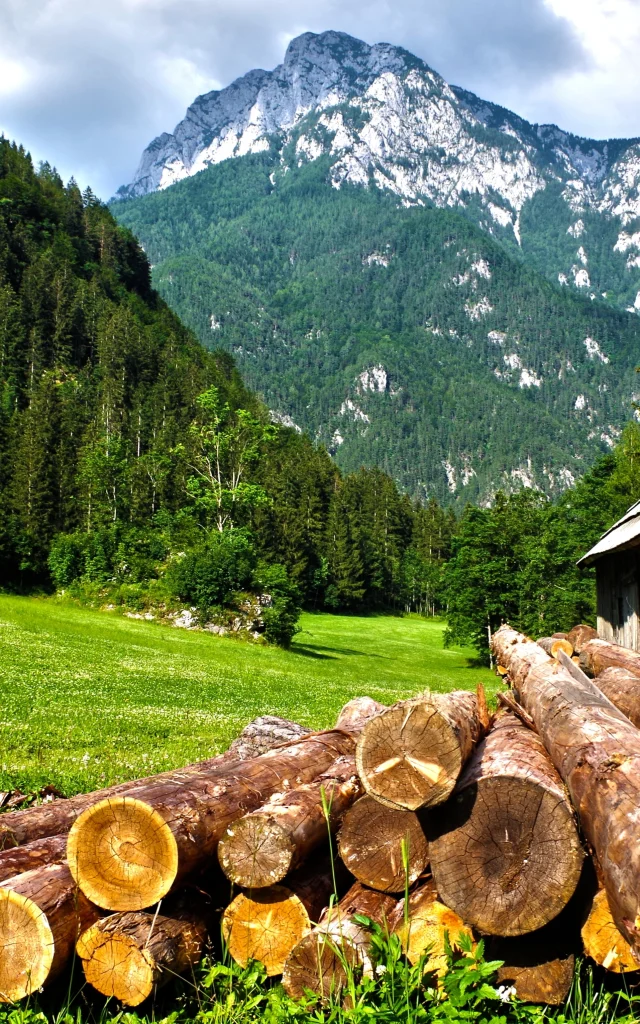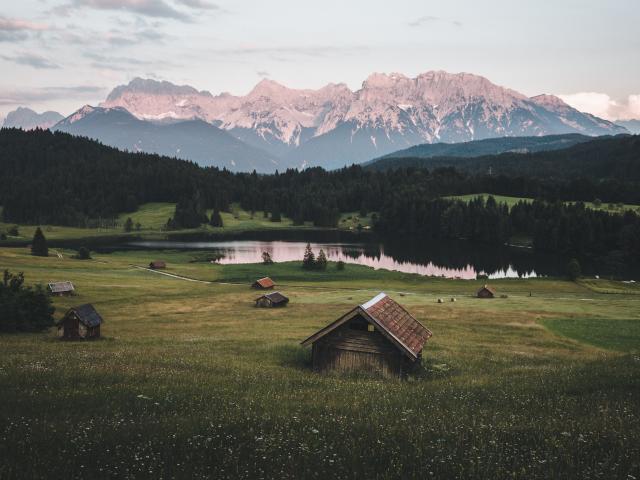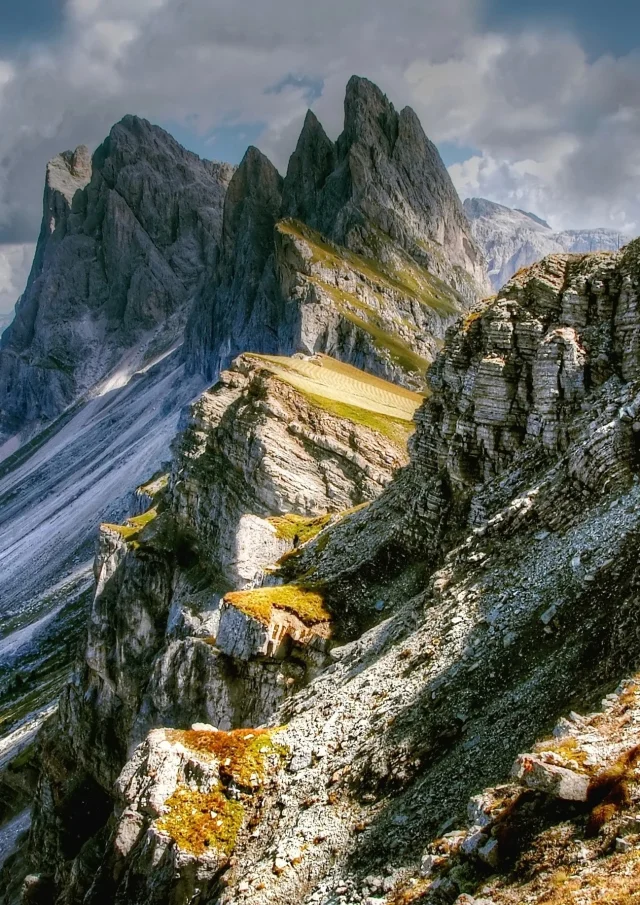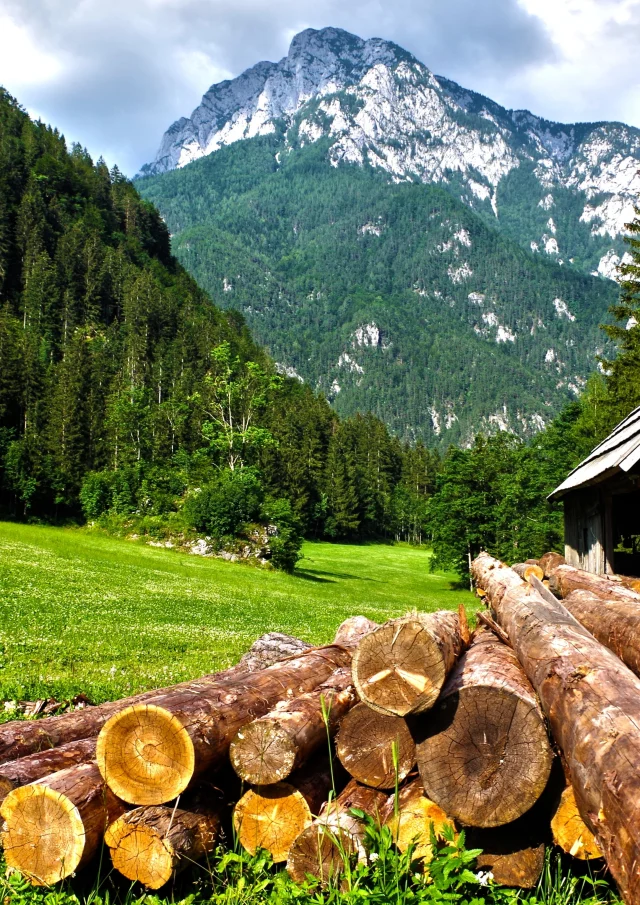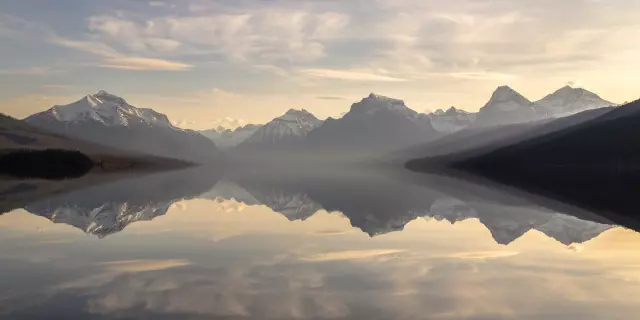 Addon Starter Image 7
Addon Starter Image 7#1Landscapescharacter
The Aubrac is a land of endless expanses, where burons, crosses and rocky outcrops serve as landmarks for hikers and pilgrims on their ancestral trails. But the plateau and its foothills are also populated by waterfalls, enchanting lakes, immense forests, rushing rivers and surprising geological sites. So many magical places to exercise, hike, fish, swim or simply marvel.
- We recommend
- The villages ofAubrac and Saint-Chély-d’Aubrac, starting points for numerous hikes, and a visit to the Maison de l’Aubrac, which presents the region’s landscapes and endemic plants.
- The Route des Lacs from Nasbinals, with a stop at the surprising Cascade du Déroc basalt waterfall.
- The Cascade du Saut du chien with its incredible panorama of the Château de Valon, or the Cascade de la Devèze in the heart of the forest.
- Nearby lakes for swimming: Lac La Selve, also known as Lac de Maury, in Saint-Amans-des-Côts, and Lac des Galens in Soulages-Bonneval.
- Fishing lakes nearby: Lac de Sarrans, Lac des Picades and Lac des Moines at Saint-Chély-d’Aubrac.
- Take a trip to the Presqu’île de Laussac, a listed site.
